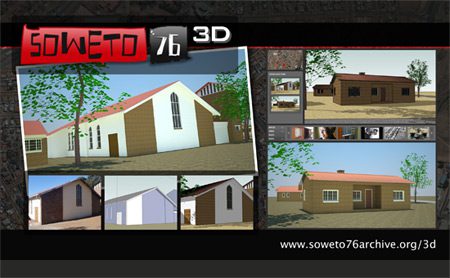By Jonathan D. Fitzgerald
“Black matters are spatial matters,” writes Katherine McKittrick in the introduction to her 2006 book Demonic Grounds: Black Women and the Cartographies of Struggle. McKittrick acknowledges that all people “produce, know, and negotiate space,” but “geographies in the diaspora are accentuated by racist paradigms of the past and their ongoing hierarchical patterns.” Her project, she writes, is not to provide “a corrective story” or to embark on any kind of discovery, but rather to “suggest that space and place give black lives meaning in a world that has, for the most part, incorrectly deemed black populations and their attendant geographies as ‘ungeographic’ and/or philosophically undeveloped.”
A similar task has been taken up by Dr. Angel David Nieves, who recently visited Northeastern University and the NULab to meet students and faculty and to offer a lecture titled “Critical Engagements with Race, Memory, and the Built Environment: A Primer for the Digital Humanities.” Dr. Nieves is Associate Professor of Africana Studies, Director of the American Studies Program, and co-director of the Digital Humanities Initiative at Hamilton College in Clinton, New York.
The lecture, which was well attended by students and faculty from across a broad spectrum of departments, focused on Dr. Nieves’ in-process project Soweto ’76 3D, which grew out of an earlier exploration into the history of Soweto (a cluster of townships south-west of Johannesburg where black laborers were relocated before and during Apartheid) using digital humanities tools. Soweto ’76 3D explores connections between metaphorical and physical places of struggle and aims to provide a kind of spatial microhistory in an effort to illuminate the relationship between resistance and the spatial geography on which that resistance is acted out.

Dr. Nieves offered a preview of the project, which included some developments and features that are currently not available on the public version of the archive (www.soweto76archive.org). When completed, Soweto ’76 3D will have a kind of video game interface in which the user will be able to interact with the people and places by acting as characters from the time period as well as through a social element that will bring together “local Soweto residents, national and international scholars, and former students who actually experienced the events” of the June 16, 1976 uprising, according to Dr. Nieves’ website.
In the Q&A after Dr. Nieves’ talk, he noted that the landscapes he is modeling were constantly modified by the people living in them and became mechanisms by which black South Africans fought and resisted oppression.
It occurs to me that the ways in which the landscapes were modified, including the differences between official plans for the area and the lived experiences of South Africans in these spaces, may prove to be the most enlightening aspect of the project. It might also prove to be the most challenging to showcase. That is, one of the goals of this project is viewing Soweto as a non-static space open to various interpretations, which aligns with McKittrick’s notion, from her introduction to Demonic Grounds, that in the effort to forge “a conceptual connection between material or concrete spaces, language, and subjectivity, openings are made possible for envisioning an interpretive world, rather than a transparent and knowable world.”
A challenge in a project like Soweto ’76 3D, which Dr. Nieves recognizes in his assertion that landscapes are constantly modified, is to not let the virtual world that is created become just another “transparent and knowable world.” But this is also one of the benefits of Soweto ’76 3D—the technology available affords its creators the opportunity to show the ways in which a space is changed by its inhabitants, and even to allow its virtual inhabitants to have some effect on the space.
I look forward to following Dr. Nieves’ project as it develops, and, hopefully, to one day have the opportunity to experience his “interpretive world” for myself—becoming an actant in the space rather than a passive observer.
If you’d like to follow the project’s progress, head over to www.soweto76archive.org and follow Dr. Nieves on Twitter.



